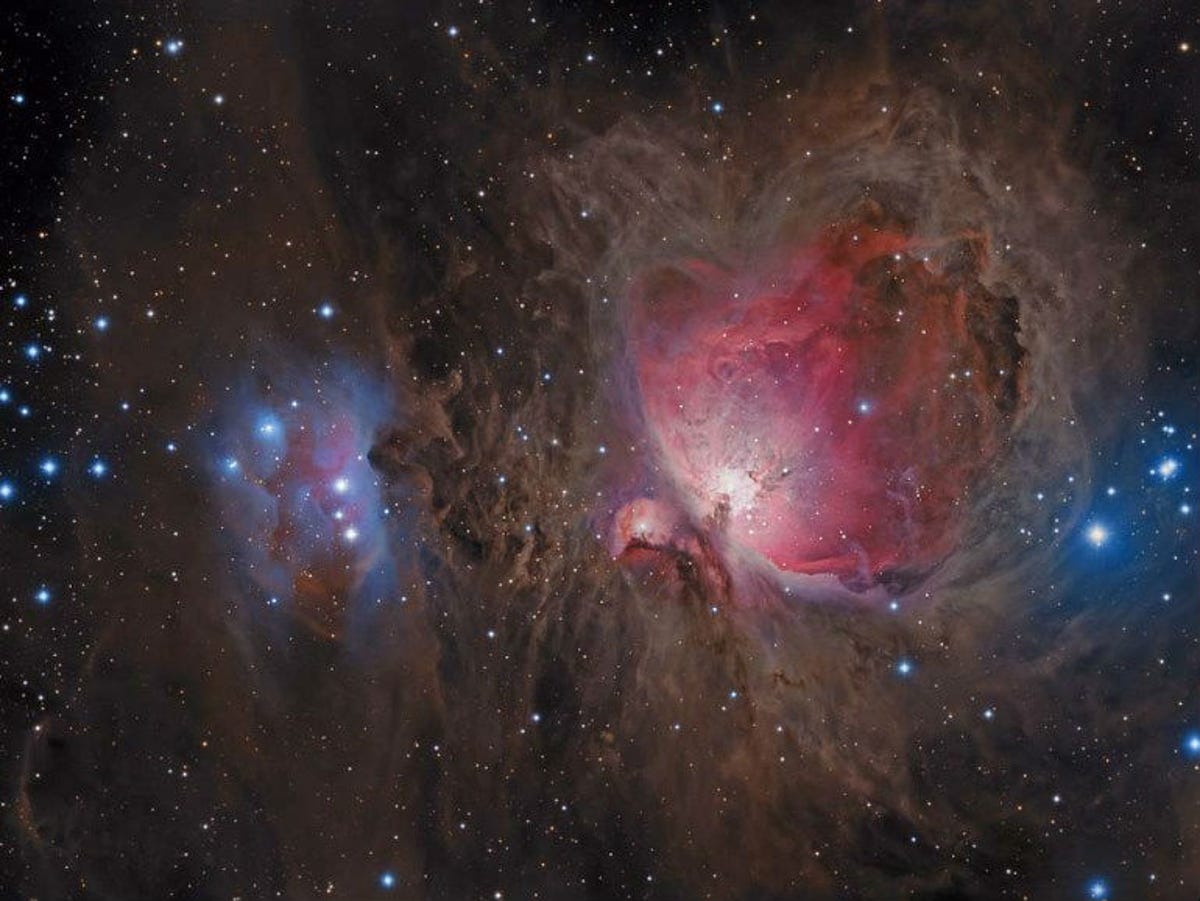
Dust and Gas
Almost half a century after Australia's Parkes Observatory beamed images of the Apollo 11 moon landing across the world, astronomers once again gathered at Parkes' famous satellite dish to celebrate outstanding astrophotography as part of the David Malin Awards.
Held as part of the Central West Astronomical Society AstroFest in regional New South Wales, the awards coincided with the 45th anniversary of the landing.
Paul Haese's "Dust and Gas" -- a vivid image of the Orion Nebula -- picked up the award for Deep Sky photography and also took out overall honours.
Dusty Heart of the Milky Way
Shot with an off-the-shelf camera and a standard 50mm lens, this image by Phil Hart took out the Wide-Field award and was described as a "perfectly simple rendition of the Milky Way".
Mars 2014
Stefan Buda's depiction of Mars, shot over several months, was awarded in the Solar System Hi-Res category.
Prominence
Showing a large prominence on the sun, Paul Haese's detailed shot was recognised as the best Solar System Wide-Field photograph and described as "a stunning image in all respects".
Marine Moonset
Looking more like a sunset at first glance, Phil Hart's lunar shot took out top honours in the theme category for moon photography.
Shine On
Showing time-lapse footage of the sun in H-alpha light, Peter Ward's Shine On animation (still image shown above) was set to psychadelic Pink Floyd and picked up the award for best Scientific Animation Sequence.
Dance of the Dishes
A balletic tribute to the Australia Telescope National Facility in Narrabri, New South Wales, Alex Cherney's Dance of the Dishes animation (still image shown above) was voted best Aesthetic Animated Sequence for its time-lapse shots of the Australia Telescope Compact Array.
The Horsehead and Flame Nebulas
David Fitz-Henry's colourful image of the Horsehead and Flame Nebulas took out the Photo Editor's Choice at the David Malin Awards.

